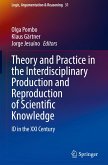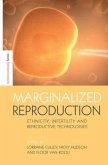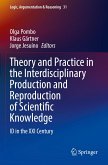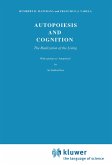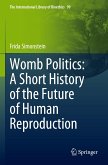This book explores the main biological dimensions underlying functional integration and examines how they contribute to defining a biological individual as both a physiological and evolutionary unit. Functional integration lies at the heart of most definitions of both organisms and biological individuals, making it explanatorily relevant to biology as well as to the philosophy of biology. However, the notion typically referring to any causal interdependence among biological functions remains broad and lacks a coherent theoretical framework. This work addresses that gap by focusing on functional integration at the cellular level, which presents both a minimal degree of complexity (relative to multicellular organisms) and maximal conceptual significance for this inquiry. By analysing the transition from prokaryotes to eukaryotes, the book sheds light on how spatial constraints, system-level regulatory mechanisms, spatio-temporal coordination, and system-level reproduction contribute to characterizing biological organization as a functionally integrated physiological unit. This study opens the way for a fresh reflection on the foundations of biological individuality, offering insights not only for researchers, but also for students and non-specialist readers.
Bitte wählen Sie Ihr Anliegen aus.
Rechnungen
Retourenschein anfordern
Bestellstatus
Storno



